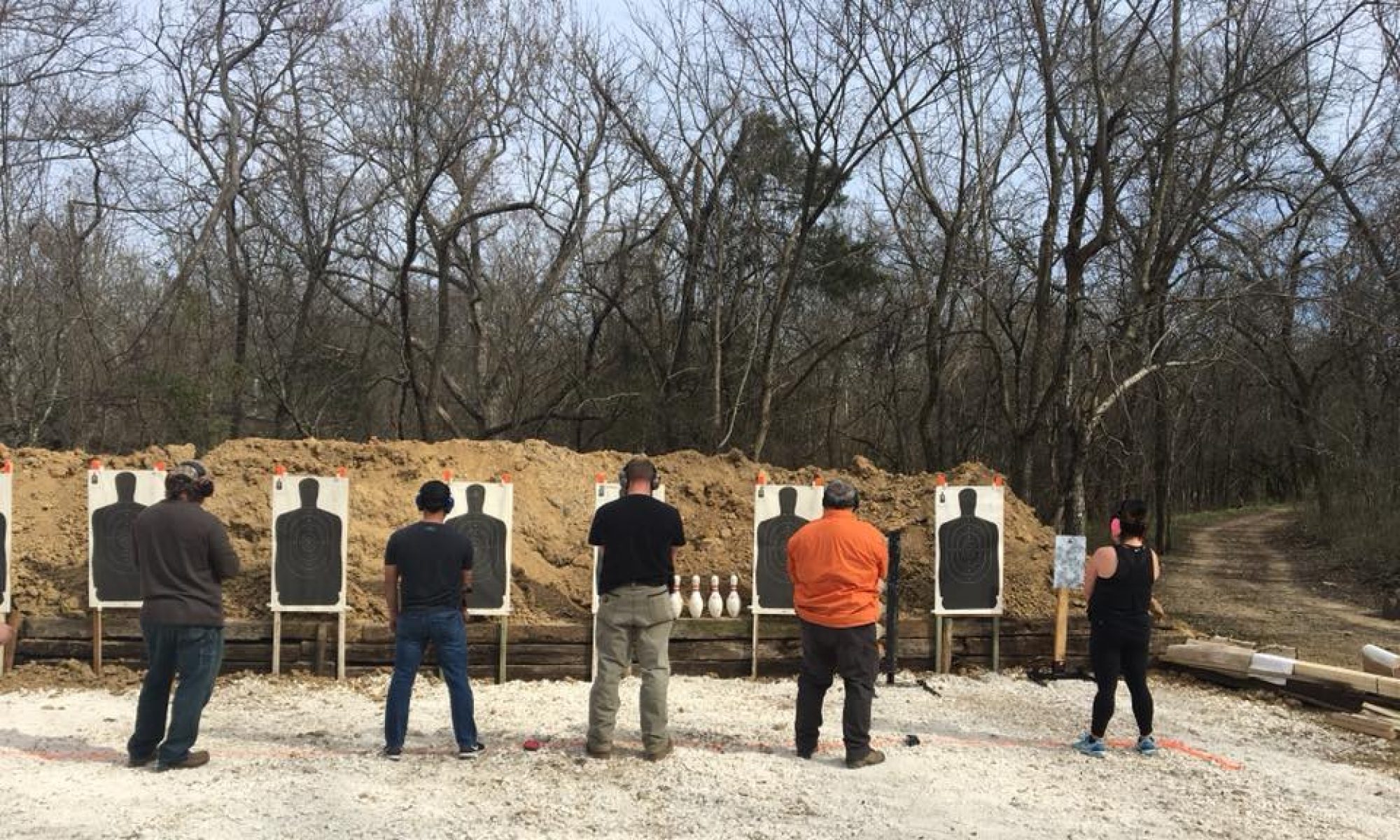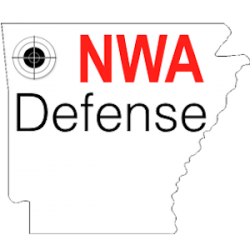This article is from Christian Warrior Training.
Church Incident
On a quiet Sunday morning, a man entered a church, found a seat near the front, and began muttering to himself. Initially, no one noticed—just another visitor, possibly troubled or seeking answers. However, as the pastor reached a crucial point in his sermon, the man stood up and began shouting.
The safety team responded promptly. A few team members approached, hands open, voices calm. One took a position at the rear in case the situation escalated. They handled the situation effectively, guiding the man out without confrontation. However, during the debriefing, a concerning realization emerged—not everyone on the team was fully aware of their responsibilities.
One member hesitated when they should have taken action. Another nearly overreacted. Additionally, communication over the radio was unclear. Although they had successfully managed the situation, the team recognized that they had room for improvement.
Structured training and After-Action Reviews (AARs) become crucial in such situations. Without them, safety teams rely on assumptions, scattered experience, and best guesses, which can lead to failure when lives are at stake.
Are you winging it when it comes to your training? Winging it can result in significant liability for you and your church.
Training Without a Plan is Just Winging It
Many church security teams meet once a month, perhaps conducting a few drills or discussing security concepts. However, this is insufficient. Training should be structured, documented, and progressive—otherwise, how can you assess the team’s actual improvement?
A training outline serves as a roadmap, ensuring that skills build upon each other. It prevents complacency, ensures that every member receives comprehensive instruction, and provides a legal record of training. If an incident ever leads to a lawsuit or legal scrutiny, a documented training record can make a significant difference between liability and legal protection.
Churches might dismiss the idea of court cases involving church security teams using force, but such incidents have already occurred, and judges will likely request training records. If a team cannot demonstrate ongoing structured training, they are operating at risk.
A comprehensive training outline should be straightforward and repeatable. Each session should include a written agenda outlining the topics to be covered and their reasons. Scenario-based training, involving realistic drills within the sanctuary, should be incorporated. Additionally, a mix of classroom instruction and hands-on practice is essential.
When church security is treated as a profession, teams undergo intentional training. This distinguishes a well-prepared team from a group of untrained volunteers.
After-Action Reviews: The Key to Continuous Improvement
A training outline equips teams, but what happens after training? How can we assess its effectiveness?
After-Action Reviews (AARs) play a crucial role in this regard. Law enforcement and military units conduct AARs after training and real-world missions. This practice is essential because it facilitates improvement by reviewing mistakes and refining tactics.
Let’s revisit the church disruption scenario. The safety team successfully managed the situation, but during the AAR, they identified several critical gaps:
• One team member hesitated due to uncertainty about their role.
• Another moved too aggressively, potentially escalating the situation.
• The radio call for assistance was unclear and delayed.
Although these issues may not have seemed significant in the moment, they could have worsened the situation under different circumstances. For instance, what if the disruptor had been armed? What if the team’s hesitation had led to panic among the congregation?
An AAR enables a team to evaluate its performance, document learned lessons, and make adjustments for future scenarios. Without this process, mistakes are repeated, hindering the team’s true improvement.
A structured After-Action Review should include the following:
• What went well?
• What didn’t go well?
• How can we address these issues before future incidents?
When documented properly, AARs also serve as legal protection, demonstrating that the safety team actively reviews and improves its procedures. In the event of a court case, a well-maintained AAR record ensures that the church takes security seriously and avoids reckless actions.
From Casual Volunteers to a Professional Security Team
Many churches approach security carelessly, relying solely on volunteers to keep people safe. While this is a commendable start, a lack of structure can lead to liability and inconsistent responses.
Church security demands professionalism, regardless of the team’s composition. This entails:
• Every training session must have a written plan.
• Every scenario must be reviewed through an AAR.
• Every lesson learned must be documented and utilized for future training.
These steps not only enhance team performance but also contribute to the overall safety of the church. Safety is not merely about preventing threats; it also involves being prepared for potential threats.
How to Get Started: Free Training & AAR Templates
To assist church security teams in implementing these steps, I’ve provided free templates: AAR Template from Christian Warrior Training.
Final Thoughts: Commitment to Improvement
Church security goes beyond mere physical presence; it encompasses a ministry of protection, preparation, and wisdom.
Without structured training and AARs, a team may believe they are adequately prepared. However, in the face of a real crisis, their lack of discipline and preparation will be exposed.
• If you are already conducting training, begin documenting it with an outline.
• If you are not conducting AARs, make it a mandatory post-training requirement.
• If your church leadership is not supportive, demonstrate the significance of these steps in terms of liability protection and congregational safety.
A well-trained, well-reviewed safety ministry is a stronger and more reliable one.


